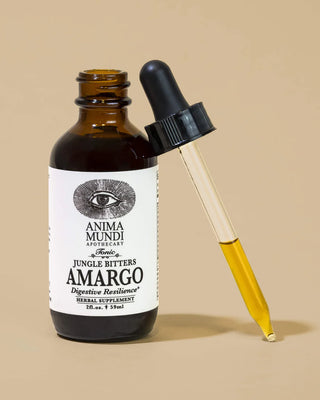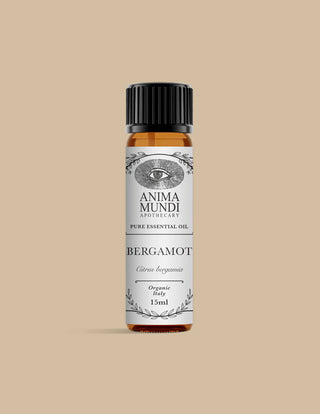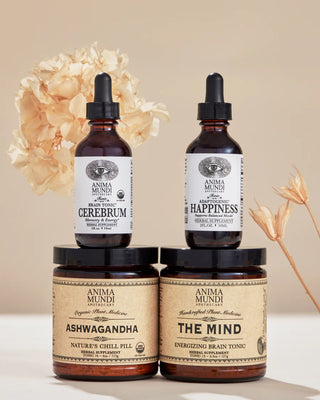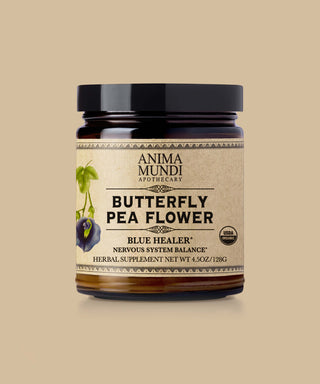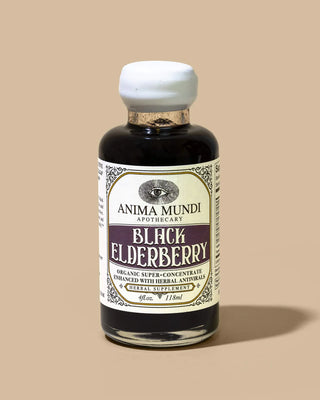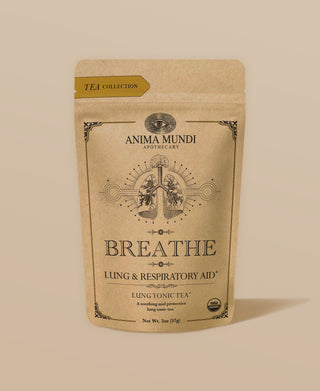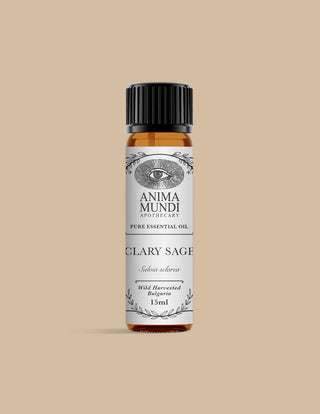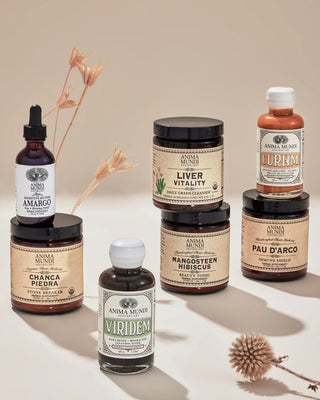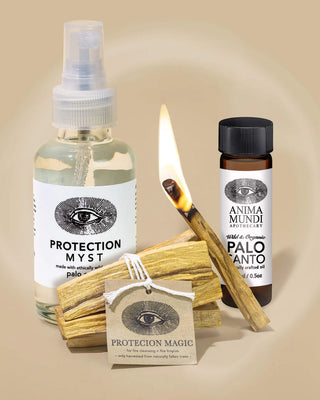All product imagery and descriptions have been graciously provided by Anima Mundi and are displayed for demonstration purposes only. You can buy their products on their online store.
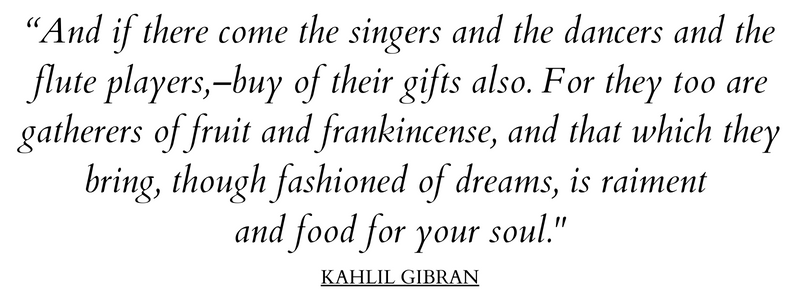
Frankincense is without a doubt the world’s most important resin medicine. Although other resins have played important roles in ethnobotanical medicine, none have been as widely distributed and universally utilized, as economically important, or so highly regarded. Frankincense was a prized possession in the ancient world, rivaling the value of many precious gems and metals.
The use of frankincense goes back to ancient times where it was highly revered for its medical and spiritual properties. It remains vital to numerous religions around the world, as it purifies the atmosphere and facilitates meditation and connection to Spirit. Burning frankincense resin has hygienic functions, including antimicrobial effects that are now confirmed by scientific studies.
Frankincense resin was one of the most highly traded goods in history. From the harvesting centers in northeastern Africa and the Arabian Peninsula, the resin was transported to Egypt, and then by sea to India and other destinations. Many cities, such as the rock-carved canyon city of Petra, prospered and reached high levels of sophisticated civilization because of the wealth brought by these resins. Babylon, Assyria, Egypt, Persia, Rome, Greece and China all imported the resin, to be used as temple incense and as important medicines.
Origin + Habitat
Frankincense is the resin of trees from the Boswellia genus. Frankincense producing trees are native to east-central Africa, in countries such as Ethiopia, Yemen, Oman, Saudi Arabia, and Somalia. The species of frankincense that gives the essential oil available at Anima Mundi is Boswellia serrata; this tree is widely distributed and abundant in the dry, hilly parts of India.
Frankincense Essential Oil
Frankincense is among the most widely used of all essential oils. It is distilled from the fresh resin, and contains more than two hundred molecular compounds, which give the essence a very complex bouquet and range of therapeutic applications.
The aroma of frankincense essential oil is fresh, slightly citrusy with pine notes, woody, rosy-floral, balsamic, slightly spicy and warm. It blends well with citrus essential oils such as grapefruit, bergamot, lemon and mandarin; floral oils such as ylang-ylang, geranium and neroli, earthy oils as patchouli; respiratory oils as eucalyptus; and spice oils such as tulsi.


1. Therapeutic Actions + Benefits
The oleo gum resins produced by trees such as frankincense are a major part of the trees’ immune system. Tree sap has antibiotic and antifungal properties which protect the tree from infections, wound-healing properties for closing and regenerating the bark. When humans use oleo gum resins or essential oils derived from trees, we are utilizing the molecular components of the trees’ immune system to boost our own.
The primary functions of frankincense resin and essential oil can be described from both the traditional uses and modern research as immune-enhancing, antimicrobial, anti-inflammatory, antiseptic, wound-healing, anti-depressant, expectorant, nervine relaxant, and anxiolytic.

2. Nervous System Benefits
Aromatherapy using frankincense essential oil helps reduce stress, anxiety and nervousness, has soothing and calming properties, aids in sleep disorders and insomnia, helps in migraines and headaches. It has a relaxing, reviving effect that helps relieve depression and supports the ability to focus.
Traditionally, frankincense resin was consumed in various preparations to enhance cerebral circulation and support memory. This can be duplicated by using the essential oil in a diffuser when studying and doing other work that requires concentration.
Fumigation using the resin is a traditional treatment for headaches; using the essential oil in a diffuser can be used for the same purpose. For the treatment of headaches, it blends nicely and effectively with lavender essential oil.
3. Spiritual and Psychological Benefits
Among frankincense's many attributes is its use in ritual, prayer, and meditation. Used in worship for thousands of years, it is valued both for its many healing powers and for its spiritually uplifting fragrance. Frankincense can properly be said to belong to the family of sacred scents, that includes palo santo, sandalwood, rose and others.
Fumigation with frankincense has been used in various cultures to treat a wide range of psychological and emotional disorders. In modern aromatherapy, it is used to promote calmness, deeper breathing, and a relaxed state of mind, and is therefore beneficial for depression, anxiety, and mental negativity.
Frankincense oil soothes the emotions, calms the nerves, induces euphoria, supports meditation, fights negative and unproductive thoughts, boosts self-confidence, elevates spirits, and encourages connection with the inner self through introspection. When diffused in your home, it provides immunological and spiritual protection for you and your family.
A simple aromatherapy blend for supporting meditation can be made using 8 drops of frankincense oil, 6 drops of sandalwood oil, and 3 drops of cedarwood oil. This can be used in the diffuser, a few drops put on the palms for direct inhalation, or diluted in carrier oil for anointing.
4. Respiratory Benefits
Frankincense essential oil and resin are used for treating a variety of respiratory problems such as colds, flus, bronchitis and laryngitis. It is helpful in treating sore throat, and can relieve earaches. The oil decongests the airways allowing better oxygen flow and helping the body to recover from respiratory infections.
Frankincense essential oil and fumigation by resin is an effective decongestant that can help reduce excessive secretion of mucus. Steam inhalation of the essential oil, combined with other respiratory oils such as eucalyptus, is highly effective.
Frankincense aromatherapy is an effective immune booster especially in stressful periods, during convalescence and through seasonal changes; diffuse, use steam inhalation or direct inhalation for enhancing immunity and supporting the body and emotions during stress.
A few drops of the oil can be sprinkled on a hot, wet towel and applied to the chest to open the lungs and enhance deep breathing. 2-4 drops of the oil dispersed in bath water will enhance respiratory functions and induce a relaxed, calm mood.
For respiratory support, blend 8 drops of frankincense, 6 drops of eucalyptus, 3 drops of rosemary, and 3 drops of pine essential oils. Use the blend in the diffuser or dilute in 1 ounce of carrier oil for a chest rub.

5. Musculoskeletal Benefits
Frankincense essential oil used in aromatherapy massage relieves muscular and joint pains, aids in rheumatism, relieves neuralgias, soothes sore muscles, aids in carpal tunnel and restless leg syndrome.
In both Ayurveda and traditional Chinese medicine frankincense resin is used in formulas for treating pain and inflammation of the musculoskeletal system and for wound healing; these uses can be duplicated by using frankincense essential oil in warm compresses and body oils.
While all types of frankincense have anti-rheumatic properties, the Boswellia serrata available at Anima Mundi in particular has been utilized by Ayurvedic medicine for this purpose.
For massage purposes, frankincense essential oil should be diluted in a carrier oil such as coconut or sesame. Use 5-10 drops per ounce of massage oil for soothing muscles and joints, enhancing peripheral circulation, and lymphatic drainage.
Frankincense essential oil can also be added to an Ayurvedic abhyanga oil such as Mahanarayan and massaged into the skin to help the body stay limber and relaxed; this application is particularly helpful for those who practice yoga, for athletes in general, and for the elderly.
6. Skin Benefits
Frankincense has cytophylactic properties, meaning that it encourages healthy growth and regeneration of skin cells. Because it has rejuvenating effects on the skin, it is useful for treating cuts and other wounds, eczema, boils, acne, stretch marks, skin ulcers, and inflamed skin. It promotes wound healing, has antioxidant and anti-aging properties, is effective in wrinkle treatment, and reduces scarring. Traditionally, the resin was prepared into various salves and ointments for these purposes, while now the essential oil is used more often.
Frankincense has countless uses in both modern and traditional cosmetic products. It is a common ingredient in various preparations for rejuvenating face masks; it helps improve dry, wrinkled, and aging skin.
Frankincense oil can be used on the skin diluted in a carrier oil and added into various lotions and ointments. Add 1-2 drops to your favorite skin care lotion or cream to help give clarity and luster to the skin.
Frankincense resin is an important ingredient in herbal plasters and pastes used to treat wounds, especially in traditional Chinese medicine. The essential oil blends perfectly with helichrysum oil for treating the pain, swelling and bruising of soft tissue injuries; apply in a carrier oil or a moist compress.
7. Dental Benefits
In traditional use, frankincense resin is chewed to strengthen teeth and gums and to refresh the mouth. It has antibiotic properties which make it useful for infections of the teeth and gums. Dilute 1-2 drops of the essential oil in a cup of water and use as a gargle and mouth rinse. A few drops of frankincense essential oil can be added to a tooth polish, mouthwash, or vegetable oil for oil pulling.

8. Insect Repellant
Burning frankincense in churches had hygienic functions as well as spiritual importance; fumigation with frankincense, either resin or using diffusers for essential oils, also repels mosquitoes and flies.

When we study the ancient recipes for temple incenses, the primary ingredient that will always be found in formulas for the Sun will be frankincense. This is not surprising: the golden colored resin tears from trees growing in the blazing desert were described by old physicians of Greece and Egypt as “crystalized drops of sunlight.”
But frankincense is more than crystalized sunlight in the botanical realm; its aromatic influence on our consciousness uplifts and brightens the spirit in ways that help overcome emotional darkness. The resin is also the tree’s immune power, which supports our own immunological vitality, the body’s ability to distinguish Self from Other at the microbial level.
Here is a simple way to use frankincense to harmonize with the astrological powers of the Sun, inwardly and outwardly:
Use an incense burner that is lined with sand at the bottom. Light an incense charcoal, and when the coal is glowing, place a small tear of frankincense resin on it, being aware that you are making an offering directly into a tiny ray of the Sun in the burner. Remember that the resin is a crystalized drop of liquid from the tree, which represents the tree’s immune power. If you are not able to do this incense ritual, you can simply use some frankincense essential oil in a diffuser, or place a drop or two on the palms of the hands for direct inhalation.
Now that you are surrounded by the aroma of frankincense, whether in the form of ceremonial smoke or simply from the fragrance in the diffuser, you can consciously harmonize with and merge into the beneficent powers of the Sun. Inhale the fragrance deeply, visualizing that you are breathing sunlight directly into the heart. Feel how the crystalized sunlight from the ancient trees strengthens and brightens your mental alertness, which then becomes a manifest as a luminous field of subtle energy around the body. Contemplate, and feel physically, that this increased solar radiance flows into the heart, strengthening and liberating the best qualities in your sense of Self, while simultaneously potentizing your immune system and purifying the atmosphere of pathogens.
Keep reading about the celestial aromatics of the Sun, the Moon, and other planets on the blog here.

